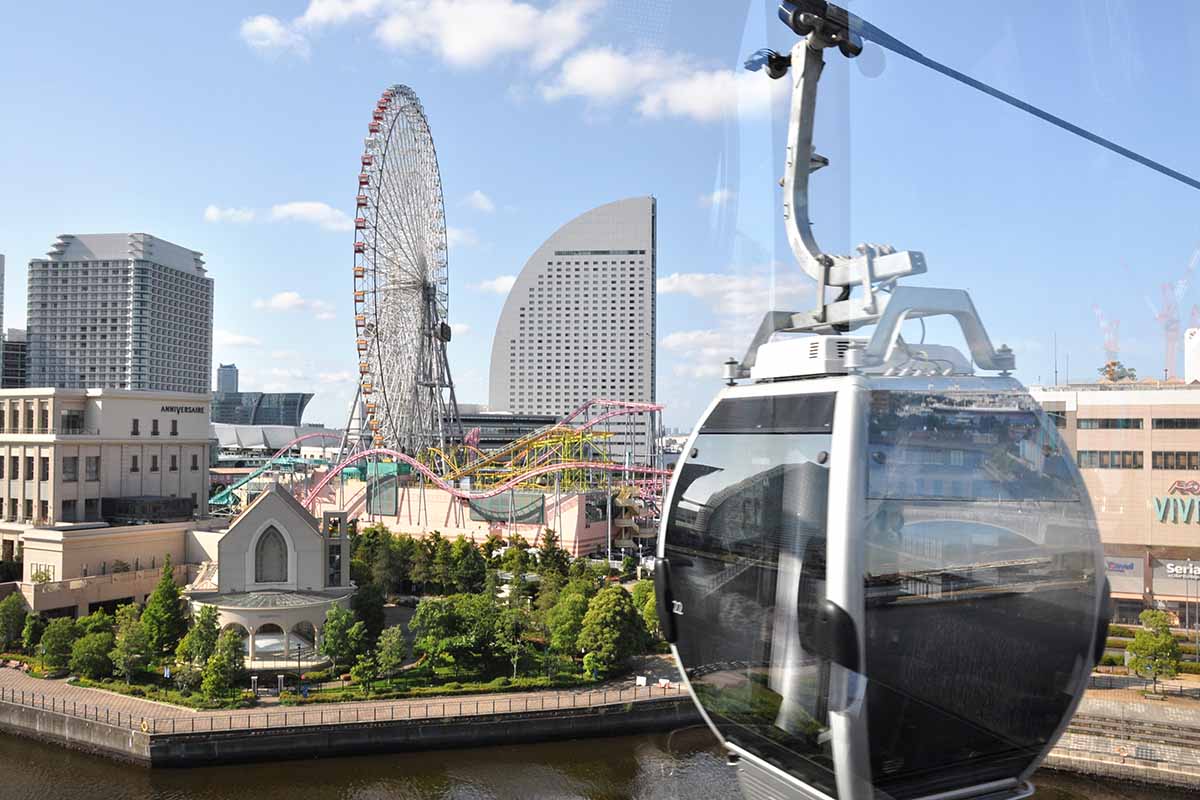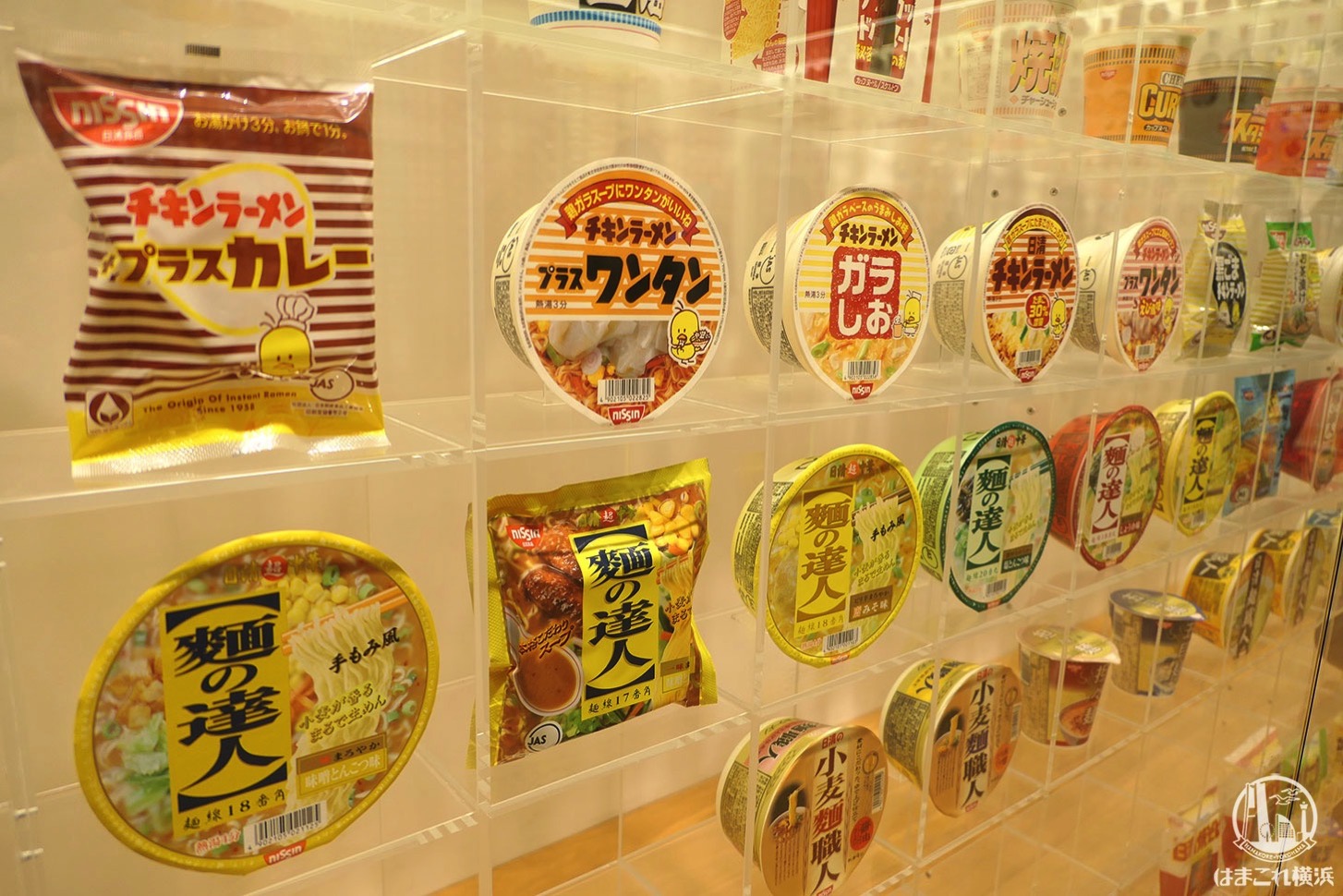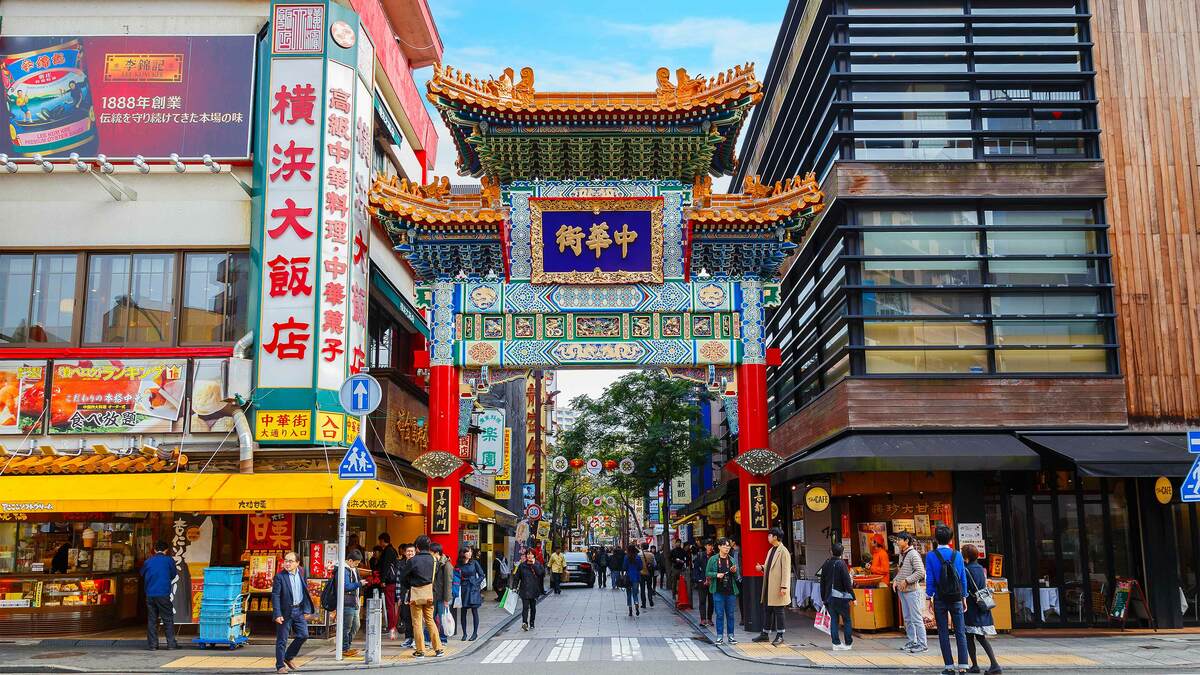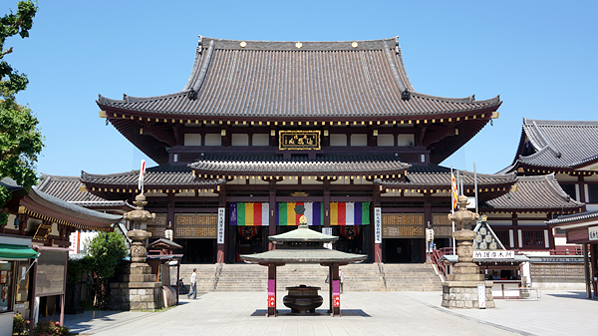- HOME
- News & Column
- Yokohama/Kawasaki Tourist Information
Yokohama/Kawasaki Tourist Information
Yokohama Minato Mirai 21
The Minato Mirai 21 area received a Minister of Construction Prize in the Urban Landscape Award in 1997 as one of the top 100 Urban Landscapes; the area’s taking an initiative in forming a harmonized, high-quality, and attractive urban cityscape was highly evaluated in its effort to create a new urban center in Yokohama by producing a characteristic skyline with super-high-rise construction technology, enhancing the pedestrian spaces, and utilizing the historical assets, such as the Red Brick Warehouse. It is an urban space where you can spend a comfortable time in its open space that makes the best of its favorable waterfront location with the sea, the port, and the extensive sky. The facilities, such as office buildings, an amusement park, and department stores, create the beautiful cityscape and serve various purposes of leisure, shopping, date, business, satisfying intellectual curiosity, and tourism. The impressive night view, created by the lights of office buildings and the colorful, characteristic lights from the giant Ferris wheel named Cosmo Clock 21, is one of the area’s highlights. An ocean route by water bus and railway routes are available for access to the area.
https://livejapan.com/en/in-tokyo/in-pref-kanagawa/in-yokohama/spot-lj0000594/

Cup Noodles Museum (The Momofuku Ando Instant Ramen Museum)
The Cup Noodles Museum is where you will be able to trace the thoughts and track the path of Momofuku Ando, the founder of Nissin Foods and inventor of Chicken Ramen, the world’s first instant ramen noodles. The museum offers an attraction where you can experience creating your original cup of Cup Noodles; you design the cup first and then, choose your favorite soup and toppings (a numbered ticket or user ticket required). It is a popular spot for tourists as well as you can create your unique Cup Noodles. You can also learn the history of instant ramen by looking at the over 3,000 different package designs and see an animation film about Mr. Ando’s life in the theater. The theater is equipped with an audio guide in English, Chinese, and Korean, so foreign tourists can also enjoy. There is an attraction where you can taste noodles of various countries and a museum shop. It is an eight-minute walk from the Minatomirai Station or the Bashamichi Station on the Minatomirai Line.
https://livejapan.com/en/in-tokyo/in-pref-kanagawa/in-minatomirai21_chinatown/spot-lj0002061/

Yokohama Chinatown
The Chinatown is a business street enclosed by 10 gates standing in different directions. Within a square site of 500 meters on each side, there are 620 stores, including 226 Chinese restaurants, which line the street (as of 2010). You can go to an authentic Chinese restaurant or walk around munching on roasted chestnuts or dim sum. In addition, you can have a taste of Chinese tea, served in Chinese tea sets, in a cafe or search for Asian-styled sundries and souvenirs at the numerous shops; there are many ways to enjoy yourself. There also are volunteer concierges who will not only take you to the stores but also teach you about Chinese history and the culture in the Chinatown. It is a one-minute walk from Motomachi-Chukagai (Chinatown) Station on the Minato Mirai Line, or a five-minute walk from the Ishikawacho Station or the Kannai Station on the JR Keihin-Tohoku Negishi Line. It is also accessible by a direct bus from the Narita Airport.
https://livejapan.com/en/in-tokyo/in-pref-kanagawa/in-minatomirai21_chinatown/spot-lj0001998/

Kawasaki Daishi
Heiken-ji Temple Kawasaki Daishi is well-known throughout Japan as a temple to ward off evil. The official name is Heiken-ji Temple, Grand Head Temple of the Chisan Sect of Shingon Buddhism in Kinjoin, Mt. Kongo. It is one of the Three Mountains of Kanto of the Chisan sect and is visited by 2.6 million visitors or more every year on the first three days of the year. The principal object of worship is an image of the Buddhist priest Kobo Daishi (Kukai), said to ward off evil. Worship at this temple spread among the samurai and public after 1813, when the then shogun, Tokugawa Ienari, made a prayer there to ward off evil, and has led to its current popularity. Yakudoshi is a set of ages during which people are believed to be susceptible to misfortune in Japan. Counting by kazoedoshi (an old manner of reckoning one’s age; newborns being considered a year old), ages 25 and 42 are yakudoshi for men, 19 and 33 for women, and 60 for both men and women. At the main temple, prayers are made for warding off evil by burning small pieces of wood on the platform several times a day. This is a secret teaching of Esoteric Shingon Buddhism where worldly desires (the source of all suffering) is obliterated by the fire of Buddha’s wisdom. One can simply pay a visit to the temple, but may also wish to obtain a Goma amulet. After visiting the temple, shop at Nakamise Shopping Street, located in front of the main gate of the temple. Stop by at the stores selling products associated with the temple, such as Daruma Senbei (Daruma rice crackers) and Kuzumochi (pudding-like arrowroot cakes). The temple is located 8 minutes by foot from Kawasakidaishi Station on the Keikyu Daishi Line.
https://livejapan.com/en/in-tokyo/in-pref-kanagawa/in-kawasaki/spot-lj0001962/





